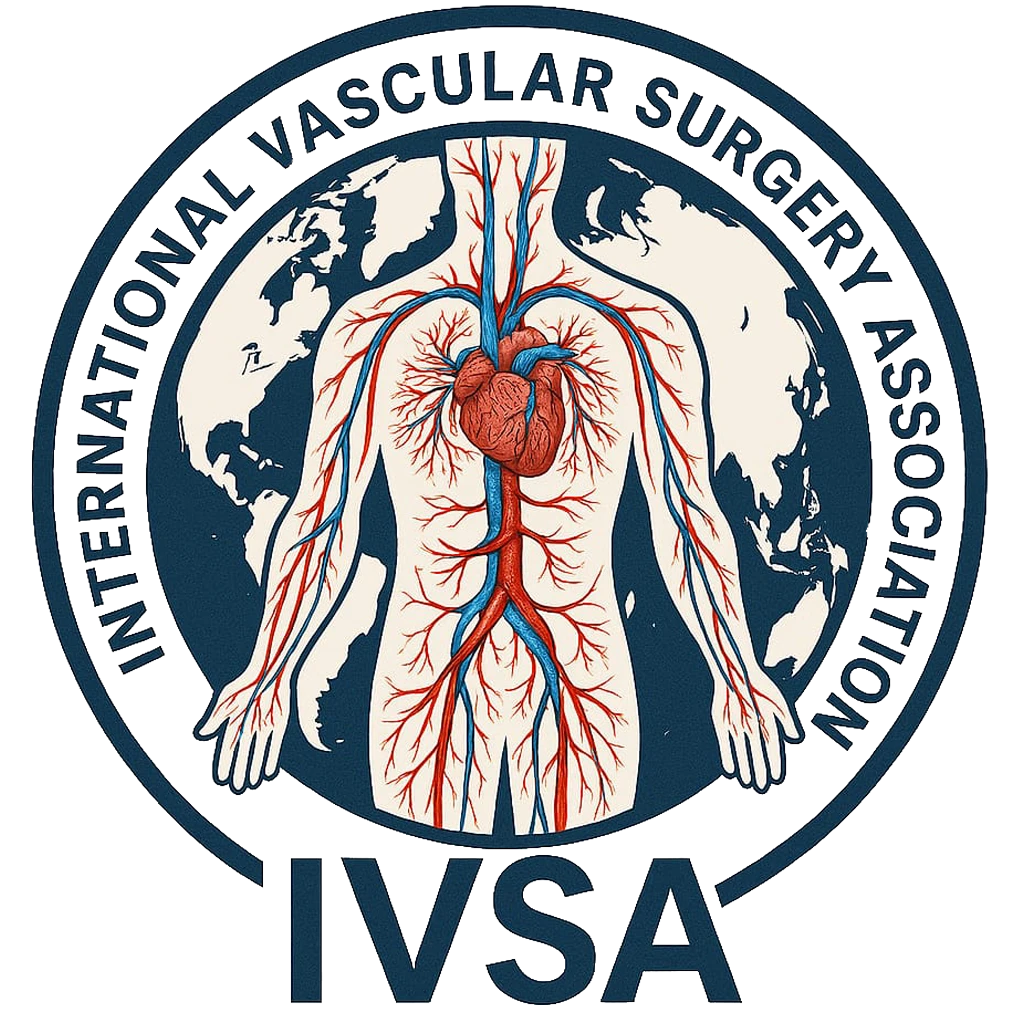The vascular system
The vascular system is part of the human cardiovascular system and ensures that blood reaches all areas of the body where it is needed. With each heartbeat (contraction and ejection phase, systole), the heart pumps blood from the left ventricle into the arterial vascular system. Between beats (relaxation and filling phase, diastole), blood flows back into the heart from the venous vascular system. In this way, the heart ensures that blood circulation in the vascular system remains active.
With each beat (systole), the heart pumps blood that has been enriched with oxygen in the lungs from the left ventricle into the large artery (aorta). Branches (arteries) branch off from the aorta, through which the blood reaches the various regions of the body and is distributed everywhere via increasingly smaller branches of the arteries. In the smallest branches, the capillaries, nutrients, metabolic products, and oxygen are exchanged between the blood and the tissues. This happens in the skin and in all other organs such as the kidneys, brain, liver, etc., which can thus perform their functions, such as metabolizing nutrients, excreting metabolic products, producing and secreting hormones, and others.
The “used” blood collects in small veins, which merge into larger and larger veins. Finally, the inferior and superior vena cava flow into the right atrium of the heart. Through the pumping action of the heart, the venous blood enters the right atrium of the heart during diastole, from there it flows through the right ventricle into the pulmonary circulation. Here, the blood is re-oxygenated, flows through the left atrium of the heart into the left ventricle, and the cycle begins again.

